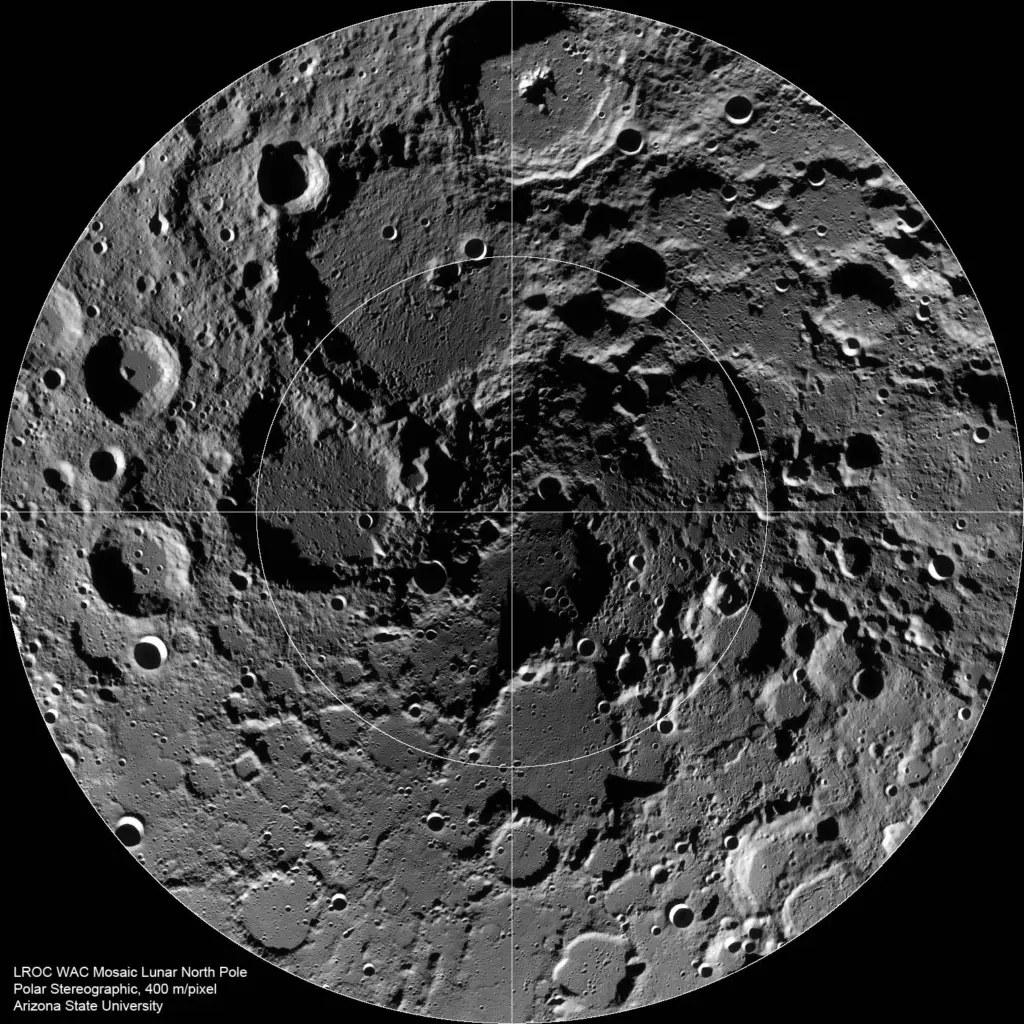
Understanding the age of celestial bodies, such as the Moon, has intrigued astronomers for decades. Utilizing a method known as crater counting, scientists can determine how old the Moon is by examining its surface. This technique is based on the principle that, unlike more geologically active worlds, the Moon has remained relatively unchanged for billions of years.
When asteroids or comets collide with the Moon, they create craters that remain intact due to the absence of weathering processes found on Earth, such as wind, water, or tectonic activity. Over time, these craters accumulate, providing valuable clues about the Moon’s geological history. By comparing the density of craters on different regions, researchers can estimate which areas solidified first.
For instance, the Moon’s surface features two prominent types of terrain: the dark basalt plains known as the mare and the lighter highland regions. The mare, with its fewer craters, are younger than the heavily cratered highlands. Yet, determining the absolute age of these regions has required further investigation.
Apollo missions, which returned lunar rocks to Earth, were pivotal in establishing a timeline for the Moon’s surface. By employing a technique called radiometric dating, scientists analyze the ratios of radioactive elements within these samples to calculate their ages. This method allows for the precise dating of geological features on the Moon.
The Sea of Tranquility, where the Apollo 11 mission landed, is estimated to be over 3.5 billion years old. In contrast, some regions in the highlands may be as old as 4 billion years. The youngest craters, such as those named Copernicus and Tycho, are less than 1 billion years old, while the Giordano Bruno crater, formed by a recent impact, is approximately 4 million years old. These young craters are significant because their formation erases older geological features, providing a clearer understanding of the Moon’s surface evolution.
With these absolute ages established, astronomers can calibrate crater counts on other celestial bodies, including Mercury and Callisto. This cross-comparison enables scientists to date regions they have never physically explored, utilizing the data collected from lunar samples.
Furthermore, research stemming from the Apollo missions has revealed that the Moon is gradually moving away from Earth. This phenomenon was first suggested in the early 1800s when Sir Edmund Halley analyzed ancient eclipse records, concluding that the distance between the two bodies has been increasing. The scientific explanation behind this movement relates to the gravitational effects of ocean tides raised by the Moon, which pull it into a higher orbit over time.
In 1962, graduate student James Faller proposed a method to measure the Moon’s distance more accurately by placing reflectors on its surface. These reflectors allow scientists to bounce lasers between Earth and the Moon, providing precise measurements. As a result, it has been confirmed that the Moon is receding from Earth at an average rate of 3.8 centimeters per year. While this rate may seem slow, the cumulative effect over millions of years will have significant implications for future generations.
In the coming hundreds of millions of years, the combined effects of the Moon’s retreat and the Sun’s increasing brightness will eventually lead to the disappearance of total solar eclipses. As such, astronomers encourage the public to cherish these natural wonders while they remain observable.
Understanding the Moon’s past provides not only insight into its history but also enhances our knowledge of planetary formation and evolution throughout the solar system. Astronomers continue to utilize data from lunar missions to unlock the secrets of our celestial neighbor, offering a glimpse into the vast history of space.







